New Technique Detects Individual Photons with Unprecedented Precision - AZoOptics
12/15/23 at 3:01am

UCF researcher Debashis Chanda, a Professor at the NanoScience Technology Center, has advanced a new technique to identify photons.
Viewed by
You are the first to view
Open Cosmos Launches Fourth Satellite for Telecom and EO constellations - Geospatial World
12/14/23 at 3:01pm

Open Cosmos, a space company making satellites that gather data to solve pressing global challenges, has seen its fourth Earth Observation satellite of the year, ALISIO-1 launched.
Viewed by
You are the first to view
New Mechanism Discovered for Generating MicroRNA Genes - CityLife
12/15/23 at 3:01am

New Mechanism Discovered for Generating MicroRNA Genes - CityLife
Viewed by
You are the first to view
Astronomers search for sources of mind-bending gravitational hum permeating the universe - Salon
12/15/23 at 3:01am

A massive hum of energy pervades the universe. Is it supermassive black holes or something weirder?
Viewed by
You are the first to view
Rare electronic states appear in five-layer graphene – Physics World - physicsworld.com
12/15/23 at 3:01am

Multiferroicity could be used to design ultralow power, high-capacity and high-speed data storage devices for classical and quantum computing
Viewed by
You are the first to view
Study: Green ghost light spotted dancing with jellyfish sprites in sky - Interesting Engineering
12/15/23 at 3:01am

Scientists have captured new imagery of atmospheric phenomena called green ghosts that occur during some lightning storms called sprites.
Viewed by
You are the first to view
Star projectors Christmas gift guide 2023: Bring space home - Space.com
12/14/23 at 3:01pm

Gift a loved one a star projector, home planetarium or ambient night light this Christmas with our round-up of the best models ahead of the holiday season.
Viewed by
You are the first to view
Scientists have found ancient ocean water in the Himalayas that could offer insights about evolution - Mongabay-India
12/14/23 at 3:01pm
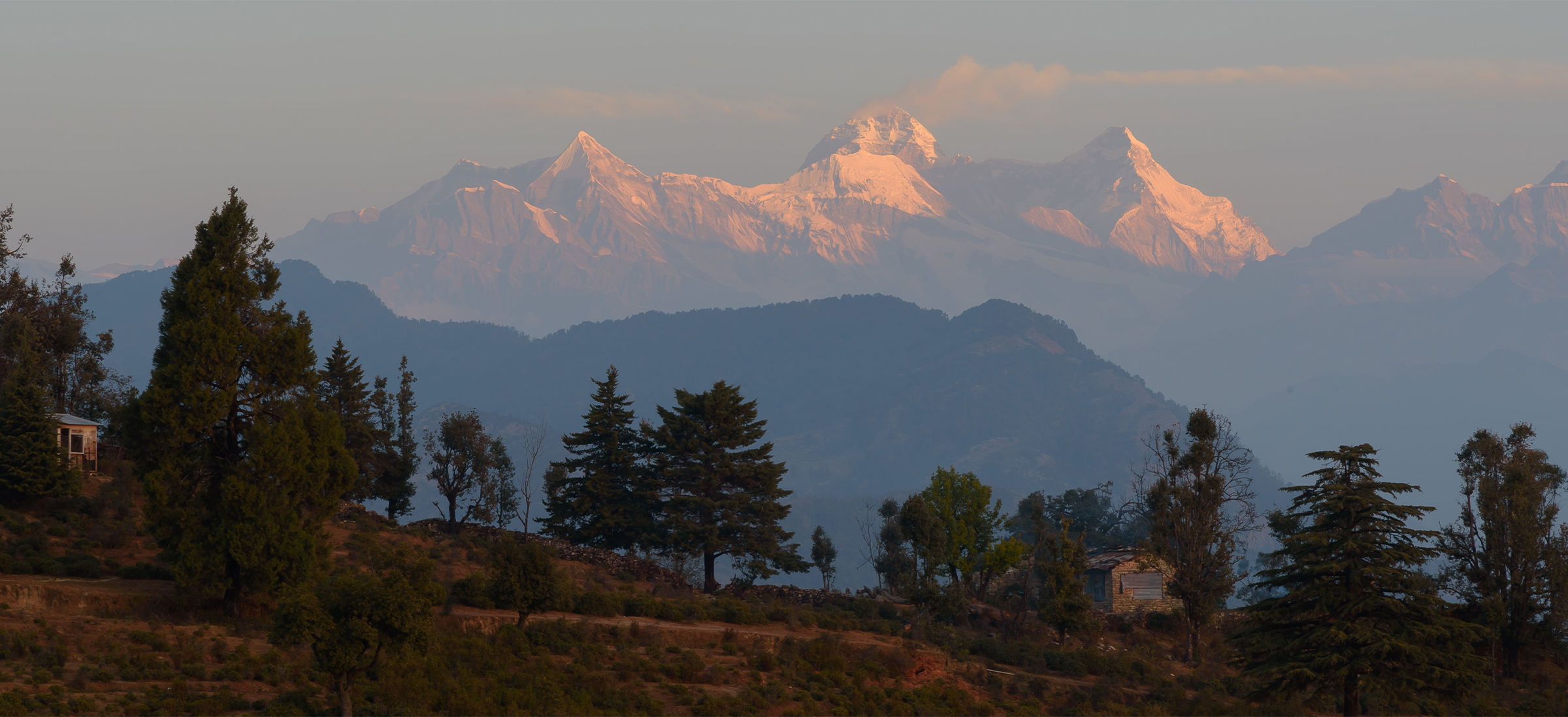
In the Kumaon mountains in the central sector of Uttarakhand’s Himalayas, a team of scientists from the Indian Institute of Science (IISc) and Japan’s Niigata University have unearthed water droplets trapped in mineral deposits. These droplets could be remnan…
Viewed by
You are the first to view
'Most extreme ever': British Columbia's rogue wave shatters records, stuns scientists - IndiaTimes
12/14/23 at 1:08pm

Science News: A colossal rogue wave, the Ucluelet wave, reached a staggering height of 17.6 meters (58 feet) off the coast of British Columbia in November 2020. Thi
Viewed by
You are the first to view
The future of meetings in the particle astrophysics community - Nature.com
12/14/23 at 3:01pm

A recent survey suggests that reducing the number of meetings and conferences is a viable way to address concerns about the effectiveness of the modern scientific collaboration process, its effects on the environment and the well-being of the community.
Viewed by
You are the first to view
Fungal Footprints in Earth’s History: Newly-discovered microfossil reveals 407-mn-yr-old proof of disease-causing fungi bkg - The Financial Express
12/14/23 at 3:01pm

This discovery adds a new dimension to our understanding of fungal interactions with plant life in ancient ecosystems.
Viewed by
You are the first to view
Old NASA Video Displays Orion's Atmospheric Entry At 32 Times Speed of Sound - NDTV
12/14/23 at 3:01pm

The video shows NASA's Orion spacecraft reenter Earth's atmosphere on December 11, 2022, concluding the 1.4 million-mile, 25.5-day Artemis I mission to the Moon.
Viewed by
You are the first to view
How are atmospheric `green ghosts` formed? We might finally have an answer - WION
12/14/23 at 3:01pm
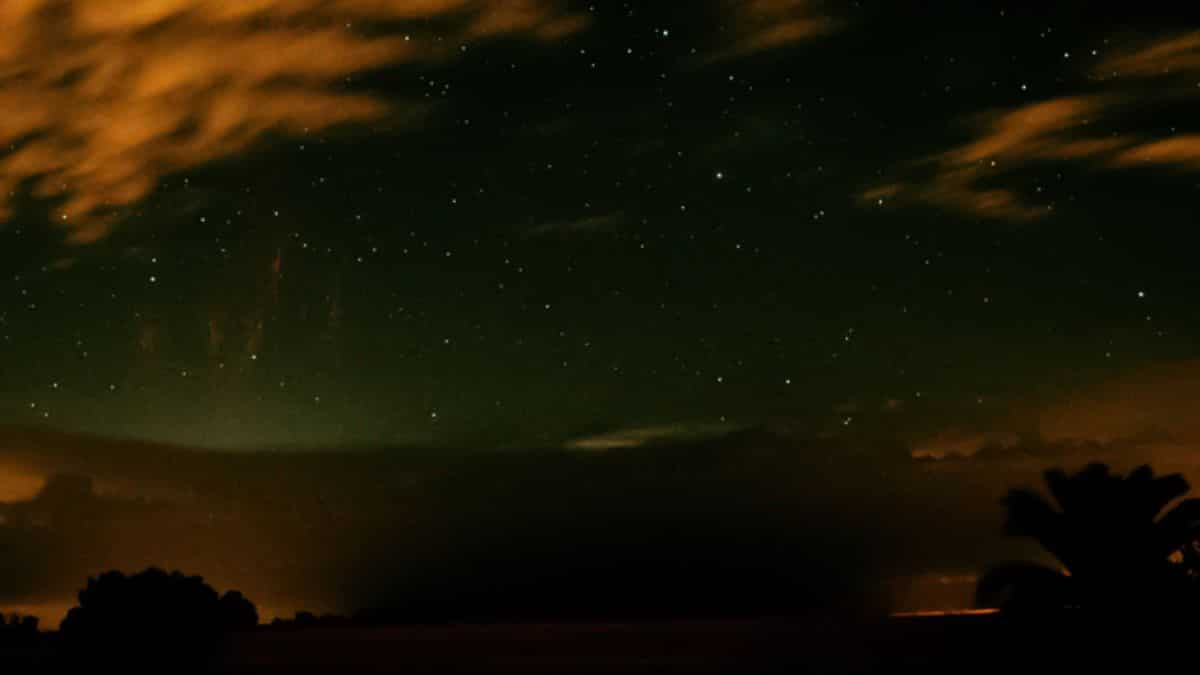
How are atmospheric green ghosts formed? We might finally have an answer
Viewed by
You are the first to view
Seeing and Believing: 15 Years of Exoplanet Images - Space Daily
12/15/23 at 3:01am

Greenbelt MD (SPX) Dec 13, 2023 -
First there was a gloriously dusty disk. Then the traceable tracks of exocomets. But 15 years ago this fall, the star system Beta Pictoris yielded one of the most iconic pictures in astrophysics:
Viewed by
You are the first to view
Scientists combined AI with lab-grown human brain. A biocomputer is born - India Today
12/14/23 at 3:01pm

Taking inspiration from the human brain's intricate three-dimensional biological network of approximately 200 billion cells connected by trillions of nanoscale synapses, scientists are seeking to develop AI hardware that mimics its structure and efficiency.
Viewed by
You are the first to view
Don't Miss The Opportunity To Observe Andromeda, Our Neighboring Galaxy: Follow These Tips - MENAFN.COM
12/14/23 at 3:01pm
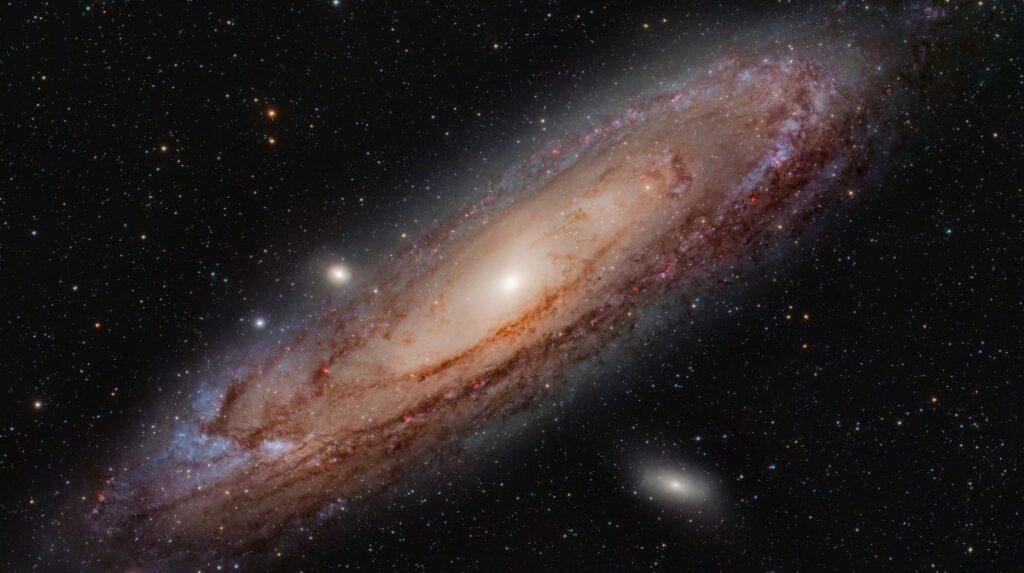
(MENAFN - Costa Rica News) --a-The starry skies these days are favorable for us to observe And
Viewed by
You are the first to view
Hubble Space Telescope captures straight row of neatly lined up galaxies - News9 LIVE
12/14/23 at 3:01pm

The galaxies appear in formation only because of the vantage point from Earth.
Viewed by
You are the first to view

Hair samples of three US presidents are being sent into space. Heres why
Viewed by
You are the first to view
Voyager 1 In Trouble As Engineers Scramble To Debug Issue With Flight Data System - Hackaday
12/14/23 at 3:01pm
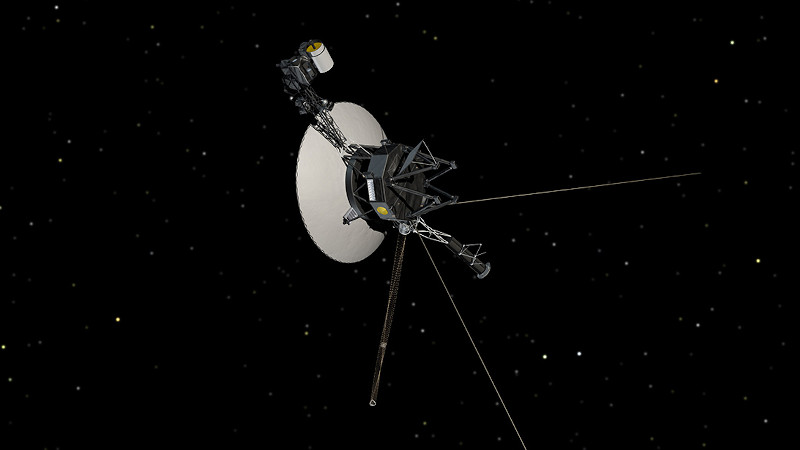
Recently the team at JPL responsible for communication with the Voyager 1 spacecraft noticed an issue with the data it was returning from the Flight Data System (FDS). Although normally the FDS is …
Viewed by
You are the first to view
NASA's Perseverance completes exploration of ancient river delta on Mars - Devdiscourse
12/14/23 at 3:01pm
Read more about NASA's Perseverance completes exploration of ancient river delta on Mars on Devdiscourse
Viewed by
You are the first to view
SpaceX to launch 23 Starlink satellites from Florida Dec. 13 - Space.com
12/14/23 at 3:01pm
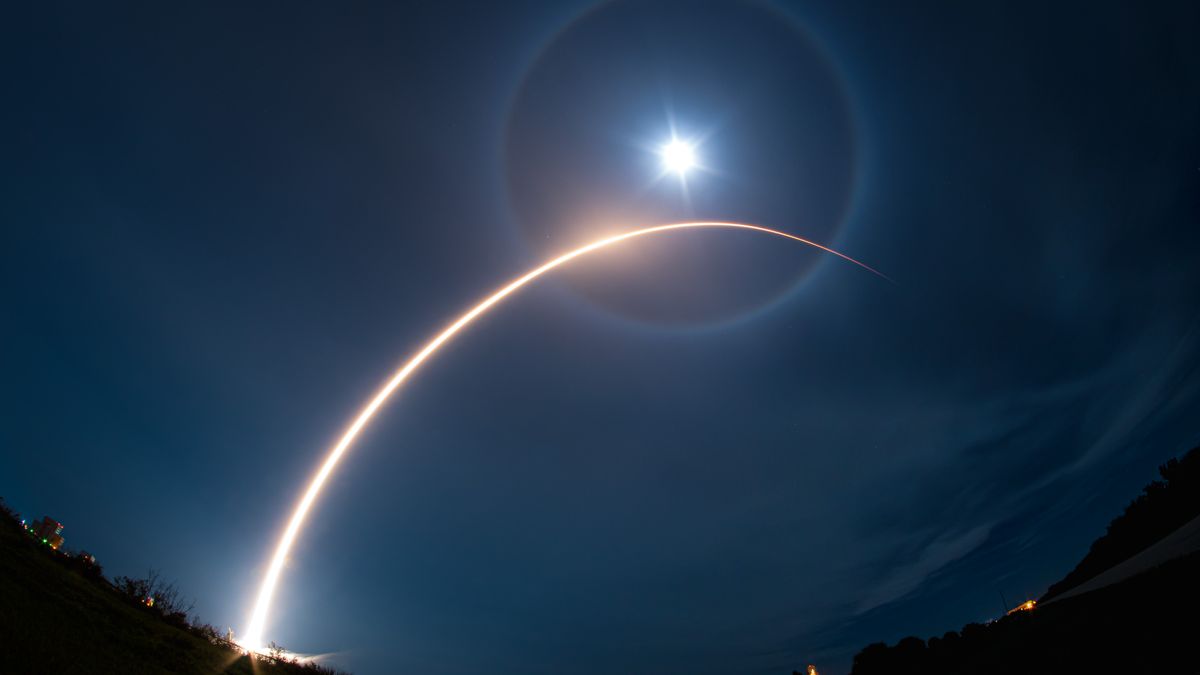
Liftoff is scheduled for 11:07 p.m. ET Wednesday night (Dec. 13).
Viewed by
You are the first to view
JWST Captures an Unprecedented View of a Supernova Remnant: Behold, Cassiopeia A - ScienceAlert
12/15/23 at 3:01am
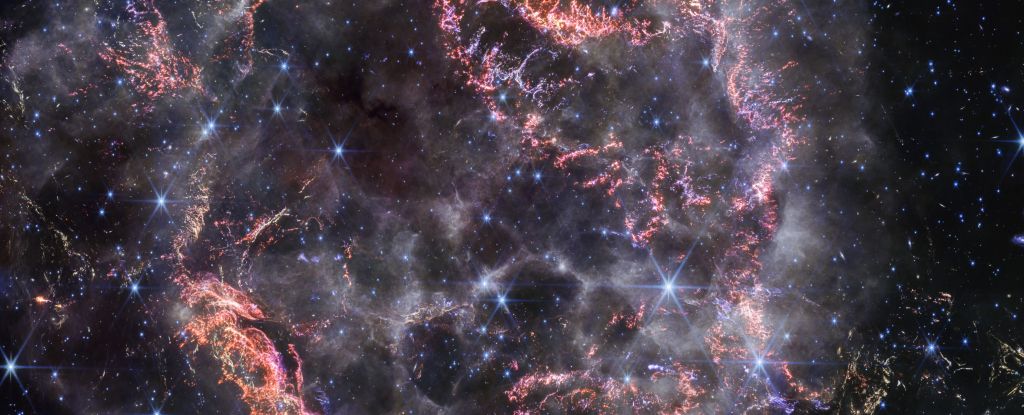
We have a new way of looking at one of the most famous exploded stars in the Milky Way.
Viewed by
You are the first to view
IIT Madras and European Researchers Explore Unforeseen Reactions to Radiation | Weather.com - The Weather Channel
12/14/23 at 3:01pm

Secondary reactions can result in the formation of reactive species, such as free radicals, which may further interact with surrounding molecules, leading to a cascade of molecular transformations.
Viewed by
You are the first to view
Natural gas is actually migrating under permafrost, and could see methane emissions skyrocket if it escapes - Phys.org
12/15/23 at 3:01am

Beneath Svalbard's permafrost, millions of cubic meters of methane are trapped—and scientists have now learned that it can migrate beneath the cold seal of the permafrost and escape. A large-scale escape could create a cycle of warming that would send methane…
Viewed by
You are the first to view
Towering high- The Olympus Mons - The New Indian Express
12/14/23 at 3:01pm

The Olympus Mons towers 16 miles, 25 kilometres above the surrounding plans and stretches across 374 mile, 601 kilometres, which is roughly the size of the state of Arizona.
Viewed by
You are the first to view